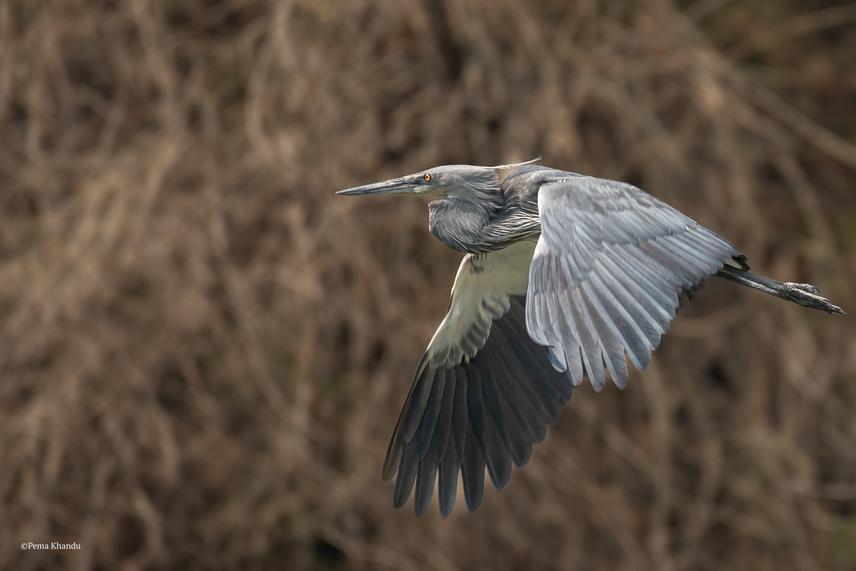Pema Khandu
Other projects
11 Jul 2018
Foraging Activity Patterns of Critically Endangered White-Bellied Heron (Ardea insignis) in Punatshangchu and Mangdechu River Basins of Bhutan
13 Feb 2020
Roost Site Selection, Behaviour and Threat Assessment of Critically Endangered White-bellied Herons (Ardea insignis) in Bhutan
The White-bellied Heron (WBH) is listed as Critically Endangered, with an estimated global population of only 50–249 mature individuals. Recent surveys have recorded just 60 individuals across its range countries (BirdLife International, 2018; Price and Goodman, 2015). The WBH is also classified as an Evolutionarily Distinct and Globally Endangered (EDGE) species, making it the rarest heron species in the world and critically close to extinction (WWF Bhutan, 2021). The lack of fundamental information on the species’ basic biology and ecology has hindered effective management and conservation efforts, while threats to its survival remain inadequately addressed (Price and Goodman, 2015; Khandu et al., 2021). At present, there is no comprehensive data on the heron’s habitat suitability or genetic-based detection for long-term monitoring in its current habitat and potential sites for future captive release.

A WBH soaring in flight across its natural habitat. © Pema Khandu.
This project seeks to bridge critical knowledge gaps by using environmental DNA (eDNA) techniques to produce the most accurate assessment yet of White-bellied Heron (WBH) habitat suitability in Bhutan. Understanding the species’ movements and habitat use across space and time is essential not just for protecting the WBH itself (Anich et al., 2009), but also for shaping population management and targeted conservation strategies (Castaño et al., 2019).
By assessing habitat suitability through eDNA, we aim to deliver reliable data that will strengthen conservation actions, improve habitat protection, and guide more effective management efforts. The insights we generate will help address current threats, promote species recovery, and support the WBH’s survival in the long term.
More importantly, by working closely with local stakeholders, conservationists, and citizen scientists, we also hope to ensure that the knowledge and tools developed through this project continue to benefit WBH conservation well into the future.
Header image: A WBH roosts gracefully on a chir pine tree in their riverine habitat. © Pema Khandu.